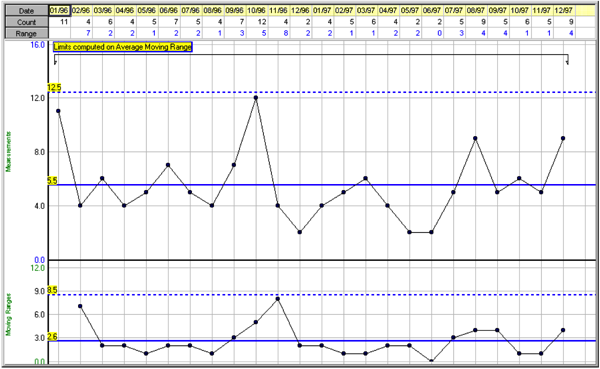Root Cause Tip: What Should We Improve Next?
Every company I’ve worked with has an existing improvement program.
Some companies have made great strides to achieve operating, safety, environmental, and quality excellence. Some still have a long ways to go, but have started their improvement process.
No matter where you are, one question that always seems to come up is …
“What should we improve next?“
The interesting answer to this question is that your plant is telling you if you are listening.
But before I talk about that, let’s look at several other ways to decide what to improve…
1. The Regulator Is Emphasizing This
Anyone from a highly regulated industry knows what I’m talking about. In the USA wether it is the NRC, FAA, FDA, EPA, or other regulatory body, if the regulator decides to emphasize some particular aspect of operations, safety, or quality, it probably goes toward the top of your improvement effort list.
2. Management Hot Topic
Management gets a bee in their bonnet and the priority for improvements changes. Why do they get excited? It could be…
- A recent accident (at your facility or someone else’s).
- A recent talk they heard at a conference, a magazine article, or a consultant suggestion.
- That the CEO has a new initiative.
You can’t ignore your boss’s ideas for long, so once again, improvement priorities change.
3. Industry Initiative
Sometimes an industry standard setting group or professional society will form a committee to set goals or publish a standard in an area of interest for that industry. Once that standard is released, you will eventually be encouraged to comply with their guidance. This will probably create a change/improvement initiative that will fall toward the top of your improvement agenda.
All of these sources of improvement initiatives may … or may not … be important to the future performance at your plant/company. For example, the regulatory emphasis may be on a problem area that you have already addressed. Yet, you will have to follow the regulatory guidance even if it may not cause improvement (and may even cause problems) at your plant.
So how should you decide what to improve next?
By listening to your plant/facility.
What does “listening to you plant” mean?
To “listen” you must be aware of the signals that you facility sends. The signals are part of “operating experience” and you need a systematic process to collect the signals both reactively and proactively.
Reactively collecting signals comes from your accident, incident, near-miss investigation programs.
It starts with good incident investigations and root cause analysis. If you don’t have good investigations and root cause analysis for everything in your database, your statistics will be misleading.
I’ve seen people running performance improvement programs use statistics that come from poor root cause analysis. Their theory is that somehow quantity of statistics makes up for poor quality of statistics. But more misleading data does NOT make a good guide for improvement.
Therefore, the first thing you need to do to make sure you are effectively listening to your plant is to improve the quality of your incident investigation and root cause analysis. Want to know how to do this? Attend one of our 5-Day TapRooT® Advanced Root Cause Analysis Team Leader Training courses. After you’ve done that, attend the Incident Investigation and Root Cause Analysis Track at the TapRooT® Summit.
Next, you should become proactive. You should wait for the not so subtle signals from accidents. Instead, you should have a proactive improvement programs that is constantly listening for signals by using audits, observations, and peer evaluations. If you need more information about setting up a proactive improvement program, read Chapter for of the TapRooT® Book (© 2008 by System Improvements).

Once you have good reactive and proactive statistics, the next question is, how do you interpret them. You need to “speak the language” of advanced trending. For many years I thought I knew how to trend root cause statistics. After all, I had taken an engineering statistics course in college. But I was wrong. I didn’t understand the special knowledge that is required to trend infrequently occurring events.

Luckily, a very smart client guided me to a trending guru (Dr. Donald Wheeler – see his LinkedIn Profile HERE) and I attended three weeks of his statistical process control training. I took the advanced statistical information in that training and developed a special course just for people who needed to trend safety (and other infrequently occurring problems) statistics – the 2-Day Advanced Trending Techniques Course. If you are wondering what your statistics are telling you, this is the course to attend (I simply can’t condense it into a short article – although it is covered in Chapter 5 of the TapRooT® Book.)
Once you have good root cause analysis, a proactive improvement program, and good statistical analysis techniques, you are ready to start deciding what to improve next.
Of course, you will consider regulatory emphasis programs, management hot buttons, and industry initiatives, but you will also have the secret messages that your plant is sending to help guide your selection of what to improve next.



